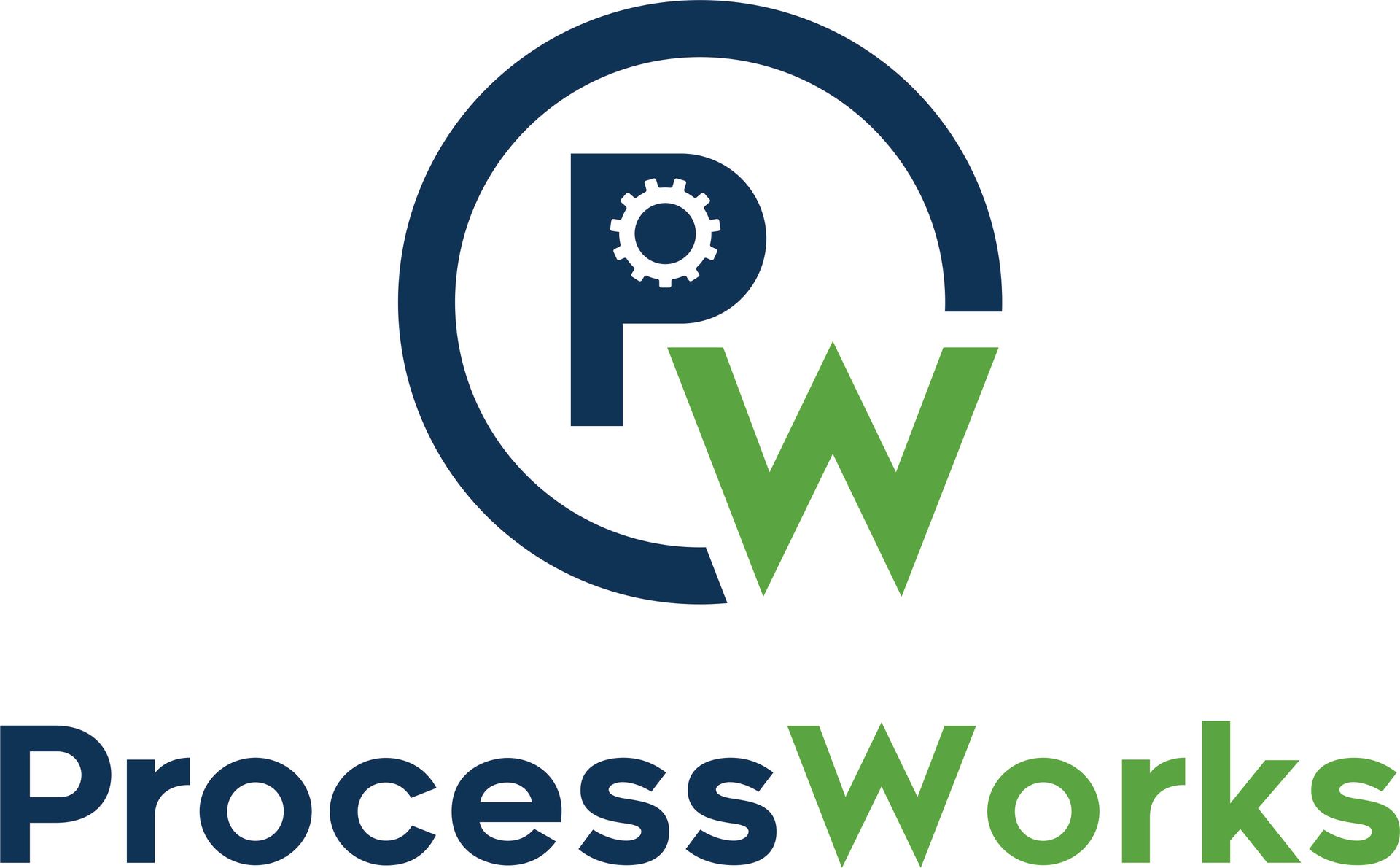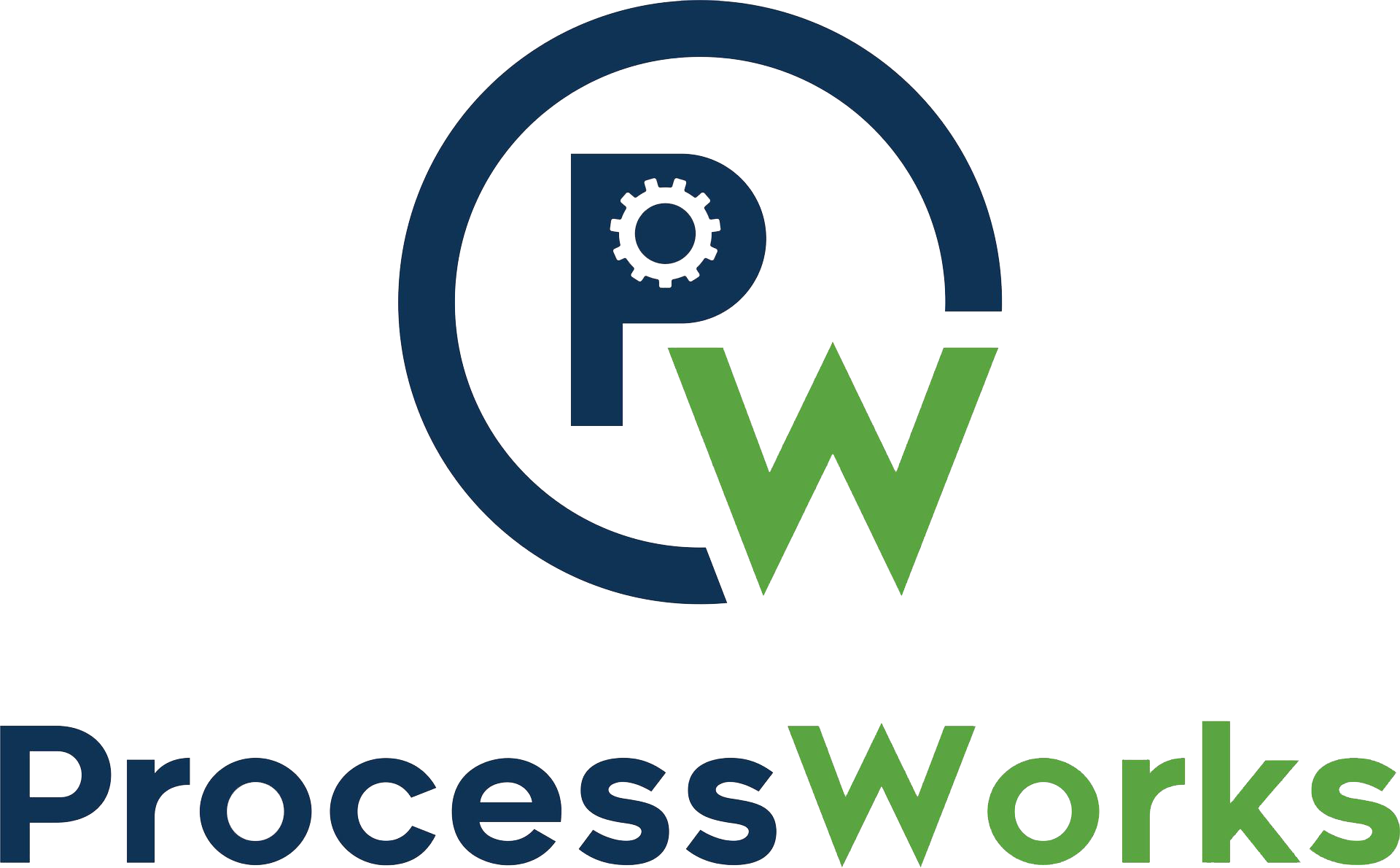The Power of Standalone Checklists

When organizations begin to document their operations, the natural instinct is to place everything inside a core process document. After all, if a process outlines how something should be done, why not capture every step and every reminder in the same place?
But here’s the problem: process documents are meant to provide clarity, not overwhelm. When they become cluttered with too much detail, they lose their power. That’s why the most effective organizations separate core processes from checklists, and they keep those checklists outside of the main process documentation.
Doing this doesn’t just tidy things up, it brings practical, day-to-day advantages that directly impact efficiency, accountability, and scalability. Let’s break down why standalone checklists matter and how they help businesses run smoother.
1. Keeping Core Process Documents Brief and Useful
Think of your core process documents as a map, not a turn-by-turn GPS. They should provide a clear path and overall direction, not bog down the reader with every micro-step.
When you stuff a process document with details that have no impact on the overall result, it stops being a big-picture guide and starts looking like a cluttered manual. This makes it harder for team members to focus on the pressure points within the process, where doing things differently has a true impact on the end result.
By moving those details into a separate checklist, you keep the process documents lean, clean, and easy to follow. Processes stay strategic; checklists stay tactical. And that distinction helps everyone absorb the right information at the right level.
2. Easier Access for Day-to-Day Use
Imagine a team member who just needs to run through the steps of a recurring task, like onboarding a new client or preparing month-end reports. They don’t want to dig through the entire process - they just need the steps for one specific task.
That’s where standalone checklists shine. They’re shorter, faster to reference, and often better suited to daily execution. A checklist can live in a shared drive, project management software, or even as a laminated sheet on someone’s desk. Team members can grab it and go.
This accessibility reduces friction and encourages consistent use. And consistency is the hallmark of a well-run organization.
3. Faster and Simpler Updates
Businesses evolve. Regulations change, tools get upgraded, and customer expectations shift. When that happens, updates need to occur – but that doesn’t mean you want to update your core process every time a new patch of your project management software releases.
If you’ve buried those checklists inside your core documents, even small changes become a chore. You’ll need to reopen the process doc, circulate it, get approvals, and re-publish the entire thing. Not only is this cumbersome, but it also discourages timely updates.
On the other hand, when checklists are standalone, you can update them quickly and frequently. A single person can tweak a step, add a reminder, or remove outdated instructions without wading through layers of approvals. This agility helps your organization stay current without creating a bottleneck.
4. Checklists Can Be Owned by One Person
Core process documentation should never be the work of a lone individual. Processes define how the organization operates, so they demand group input, alignment, and buy-in. A collaborative effort ensures the process reflects the team’s collective knowledge and creates ownership across the board.
But checklists are different. They’re tactical tools. They don’t require the same level of consensus because they don’t change the process itself - they just capture the steps needed to follow it.
This means one person (often the one most familiar with the task) can take the lead in creating or editing the checklist. That saves time and keeps things moving. It also empowers subject matter experts to directly contribute their know-how without bogging down the whole team in unnecessary discussions.
5. The Best of Both Worlds: Processes and Checklists Working Together
Separating checklists from processes doesn’t mean they should live in isolation. In fact, the most effective systems link them together.
A process document might end with a line like: “See the ‘Client Onboarding Checklist’ for detailed steps.”
That way, the process explains who’s responsible for what and how all of that fits into the bigger picture. The checklist, meanwhile, ensures no step gets missed in execution. Together, they form a complete system that’s easy to understand and easy to apply.
Practical Example: The Hiring Process
Let’s say your business documents the hiring process. The core process document might explain:
- Purpose: To consistently bring in top talent while ensuring compliance.
- Owner: The HR Manager.
- Steps: Post the job, screen applicants, conduct interviews, extend offer, complete onboarding.
That’s the high-level framework.
Now, imagine attaching a detailed checklist with items like:
- Draft job description using the approved template.
- Post on LinkedIn, Indeed, and internal job board.
- Schedule interview panel and send calendar invites.
- Run background checks.
- Send new hire paperwork within 24 hours of acceptance.
The checklist keeps the recruiter on track without cluttering the process document. If something changes, you just update the checklist. The process document remains untouched.
Conclusion: Simplicity and Flexibility in Action
Separating checklists from core process documents might sound like a small detail, but in practice, it’s transformative.
- Processes stay strategic, concise, and collaborative.
- Checklists stay practical, accessible, and easy to update.
Together, they create a system that’s both sturdy and adaptable; a framework that drives consistency without slowing the business down.
Share This Post











